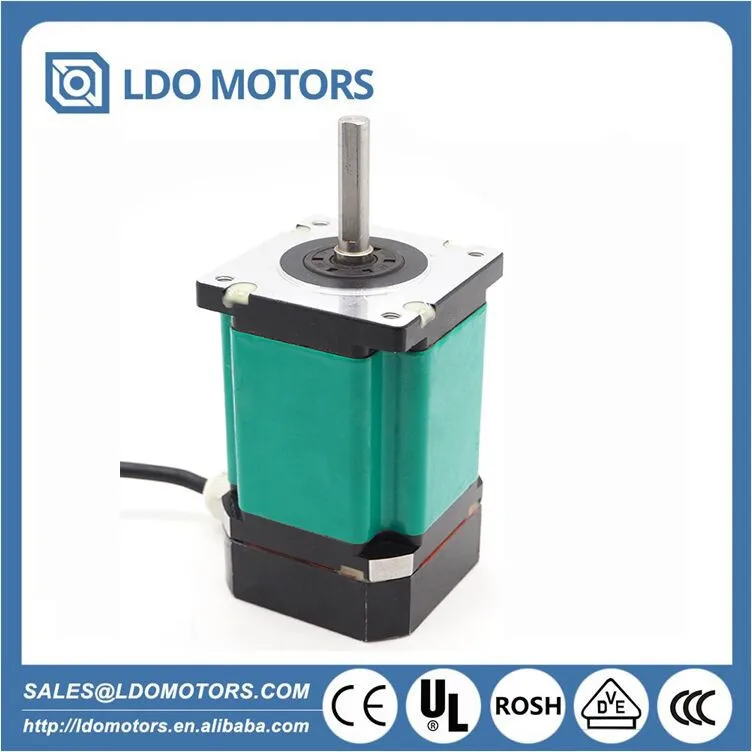

Stepper motors can operate with input frequencies up to 2000 impulses (steps) per second, with step values from 0,3 to 180 degrees. For example if the angular displacement per step is 1,8 degrees, the number of total impulses required for a complete revolution is 200, so for an input frequency of 400 impulses per second the speed of the motor is 120 rpm. Speed of a stepper motor can be controlled in a broad range of values by altering the frequency of input impulses. no slippage occurs, it remains synchronous to control impulses even from standstill or when braked, thanks to this characteristic a stepper motor can be started, stopped or reversed in a sudden fashion without losing steps throughout its operation. A stepper motor does not lose steps, i.e. These properties make the stepper motor an excellent execution element of open-loop control systems. This position is kept until a new impulse, or sequence of impulses, is applied. The final position of the rotor is given by the total angular displacement resulting from the number of steps performed. The steps of a stepper motor represent discrete angular movements, that take place in a successive fashion and are equal in displacement, when functioning correctly the number of steps performed must be equal to the control impulses applied to the phases of the motor. It is a type of actuator highly compatible with numerical control means, as it is essentially an electromechanical converter of digital impulses into proportional movement of its shaft, providing precise speed, position and direction control in an open-loop fashion, without requiring encoders, end-of-line switches or other types of sensors as conventional electric motors require.
#Robot stepper motor full
A stepper motor is a type of DC motor which has a full rotation divided in an equal number of steps.


 0 kommentar(er)
0 kommentar(er)
